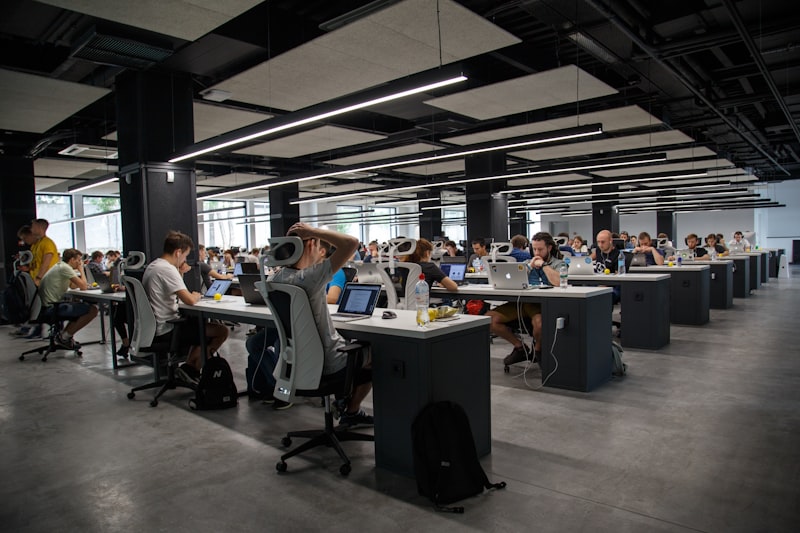
The Future of Public Hygiene – Why Smart Restrooms are No Longer Optional
Public restrooms are one of the most frequently used yet most neglected infrastructures in urban life. Post-pandemic, hygiene is no longer just comfort—it's safety.

Public restrooms are one of the most frequently used yet most neglected infrastructures in urban life. Post-pandemic, hygiene is no longer just comfort—it's safety.

The Internet of Things (IoT) has revolutionized industries by connecting devices, sensors, and people through data. Restroom management is now entering the IoT era.

Water scarcity, rising energy costs, and environmental degradation make sustainability a global priority. Smart and sustainable restrooms are the future.
Real-world success stories showcasing how Sprint6 transforms restroom infrastructure with innovative solutions
Client: A Chennai-based corporate office with 600+ employees
The office restrooms were outdated and frequently criticized by staff. Issues included poor ventilation, foul odor, long waiting times, and lack of modern fixtures. Employee surveys revealed restroom hygiene as one of the top dissatisfaction factors.
50% reduction in water usage
90% drop in complaints within three months
Boost in overall employee satisfaction index
Used as part of employer branding strategy
Client: A public institution in Tamil Nadu serving differently-abled citizens
The existing restrooms were not accessible, lacked support bars, and had no systems for emergencies. Differently-abled individuals faced difficulties and safety risks.
First-of-its-kind IoT-enabled accessible restroom in the region
Recognized by NGOs for inclusivity and innovation
Users reported greater independence and safety
Enhanced institution's social responsibility image
Client: A Fortune 500 IT & ITeS company in Chennai with over 5,000 employees
The company wanted a one-stop partner to redesign, build, automate, and maintain restrooms across multiple blocks. Key pain points included high water bills, inconsistent cleaning, and outdated infrastructure.
30% annual savings in water and maintenance costs
Higher employee satisfaction scores in workplace surveys
Enhanced workplace hygiene standards
Aligning with global compliance norms (LEED/IGBC)